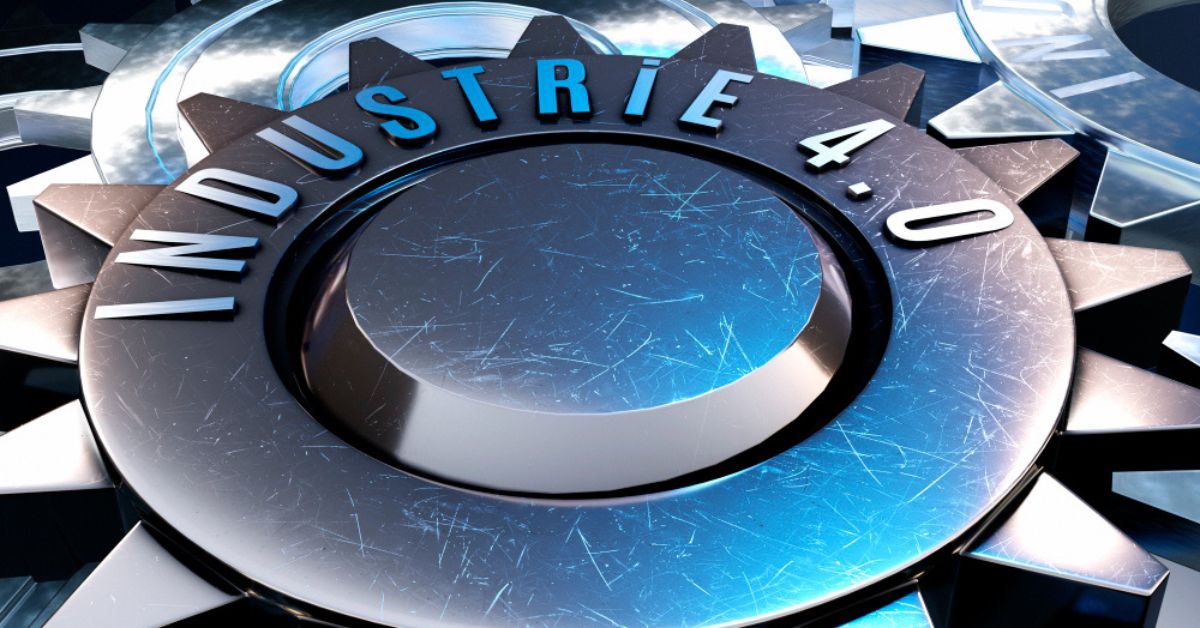Business & Finance
kovových Materials: Strength and Modern DesignIntroduction

kovových is a phrase that appears often in both technical and ordinary Czech, meaning “metallic” in its genitive plural form. Things that are metal-based or have some connection to metal are indicated by the term. This article delves into the meaning of kovových, its grammatical and technical consequences, its primary areas of application, and the reasons why it merits consideration from a language and material-perspective standpoint.
Grammatical background of the word “kovových”
“kovových rám” (metal frame) and “kovových povrch” (metal surface) are examples of objects that are constructed of metal or possess metal-like qualities in Czech. “Ovových” connotes “of metals” or “those metallic ones” and is the genitive plural. Example: “části z it materiálž” meaning “parts made of metallic materials” and “konstrukce z kovových prvků” meaning “structure from metallic elements”. Technical descriptions, manuals, specifications, and building papers frequently employ this grammatical style.
The meaning in a technical context
The word kovových, when used in a text, usually denotes that the subject matter is about metallic materials, including their characteristics, applications, upkeep, and expected lifetime. As an illustration, “povrch and výrobků” might mean “surface of metallic products” or “odpad z kovových slitin” could mean “waste from metallic alloys.” Because of this, the phrase is applicable across many fields, including engineering, construction, business, and technical specializations like electrical and mechanical engineering.
Main categories of materials linked with “kovových”
Ferrous and steel metals
Classic examples of it pieces or structures include constructions made of steel, cast iron, or iron. These materials are widely used in construction and heavy industries due to their great strength and load-bearing capability. The word kovových denotes that they are metal components while reading about konstrukce z kovových nosníků (“structures made of metallic girders”).
Non-ferrous metals
The word it can also refer to components manufactured from non-ferrous metals such as aluminium, copper, zinc, titanium, and others. Applications where weight, conductivity, or aesthetic finish matter are ideal for these materials since they are typically lighter, more corrosion resistant, or possess unique qualities. Say, “frames from metallic alloys” can be characterized as rámy z kovových slitin.
Alloys and specialized metals
Expressions like “slitiny kovových prvků” or “povrch kovových slitin” (meaning “surface of metallic alloys”) are often used in technical literature. More complicated material systems are clearly included in it. To get the job done, alloys combine the qualities of many metals. The phrase “části z kovových slitin” (meaning “parts from metallic alloys”) highlights the fact that the final product is made of components derived from metals.
Applications in construction and infrastructure
Buildings, bridges, high-rise structures, and smaller-scale projects all rely on materials that are kovových. Buildings with long spanning floors, open floor plans, or intricate geometries are all possible thanks to metal beams, frames, and structural components. Moreover, metal components are frequently employed for both structural and decorative functions; for example, it profilů (“metal profiles”) utilized as cladding, railings, or facades impart a contemporary look.
Use in the automotive and aerospace industry
In the aerospace, automotive, and even space sectors, phrases such as “elements from metallic materials” and “components from metallic parts” are common. An example of a material that would be referred to be kovových would be an automobile body that is constructed of aluminum or steel. Aerospace uses metallic alloys, which are specific instances of “applications of metallic materials” (in Czech: aplikace it materiálů), due to their exceptional strength-to-weight ratio.
Electric, thermal and other specialized properties
In the context of electrical and electronic device components, such as conductors, contacts, and it, the word also appears frequently. Some terms, such as “surface of metallic conductors” or “material from metallic elements,” suggest that metal is used for its conductive, thermal, or formable properties. Materials linked to kovových are essential in electronic modules, motors, circuit boards, and cables due to this quality.
Corrosion resistance and maintenance of metallic structures
The concept of protection and maintenance is often present in expressions involving it, such as “corrosion of metallic parts” (koroze kovových dílů), “maintenance of metallic structures” (údržba kovových konstrukcí), and “surface treatment of metallic materials” (povrchová úprava kovových materiálů). Taking extra precautions, such as applying protective coatings, galvanization, paints, or replacing components, is necessary for metallic structures. Not only does the term kovových describe the materials, but it also describes their lifetime, maintenance, and safe operation in the technological world.
Design, art and decoration using metallic elements
Metallic components, which are referred to as it, have importance in design, interior architecture, and art beyond their merely technical and industrial uses. Interior highlights from metallic profiles, “decorative metallic elements,” or “metallic ornaments” are all terms that may be found in design settings. Metal surfaces, frames, and details are frequently used by designers, who frequently refer to “components from metallic materials” (komponenty z kovových materiálů).
Advantages of using metallic materials
Materials characterized by the term it often have great resistance to thermal or environmental stressors, are long-lasting, can be recycled, and have high strength and load-bearing capability. So, the word kovových may mean both “metallic” qualities and the “benefits of metallic constructions or materials.” When compared to other types of materials, metallic ones make it possible to build buildings that would otherwise be impossible.
Challenges and limitations associated with metallic materials
Using materials that are classified as it also presents its own set of difficulties. Factors such as increased manufacturing or raw material prices, maintenance requirements (such as corrosion protection), the weight of certain metals, and environmental consequences have to be considered (mine, processing). Constructions “from metallic elements” need careful consideration of mechanical qualities such as joining, welding, thermal expansion, and more. The precise use of the word “kovových” in technical descriptions is crucial from a linguistic standpoint, as its abuse can cause confusion or give the wrong impression.
Recycling and sustainability of metallic materials
The importance of materials characterized with it in sustainability is substantial. Metals often retain much of their original characteristics even after many recycling processes. It is far more energy efficient to recycle metals like aluminum or steel than to produce them from basic sources. In certain texts, phrases like “material from metallic parts is recyclable” or “waste from metallic alloys” could be found. The name kovových links the material’s technical function to its ecological value in this manner.
Future of materials described by the term “kovových”
The field of materials science is always developing new tools and techniques, such as shape-memory alloys, metallic components that can be 3D printed, and hybrid materials that combine metals and non-metals. It is possible to come across references to “new applications for metallic alloys” or “research in metallic nanomaterials” in technical texts. Consequently, the term kovových is not a fixed descriptor but rather changes along with the developments in modern engineering and design.
Summary and conclusion
The term kovových has a vast and multi-layered value, despite its first appearance as a minor grammatical form in Czech. Words like “things metallic,” “constructions from metallic profiles,” and “parts from metallic components.” It’s not only a Czech grammatical term, though; it also expresses technical, material, and constructional reality. In any field where metal is involved, such as building, the automobile industry, electronics, or design, the term it serves as an identifier for metal and all of its qualities, pros, downsides, and potential.
The phrase “části z and materiálů” or “údržba kovových konstrukcí” makes sense when you see it; it refers to structures or pieces that are formed of or linked to metal, and the term “kovových” connects material, amount, and relationship. Technical papers, translations, and building descriptions are easier to grasp when such word is used correctly.
I can also arrange the essay to be suited to a certain sector or provide you with specific sample sentences that use it in a specific profession (like construction or design, for example).
